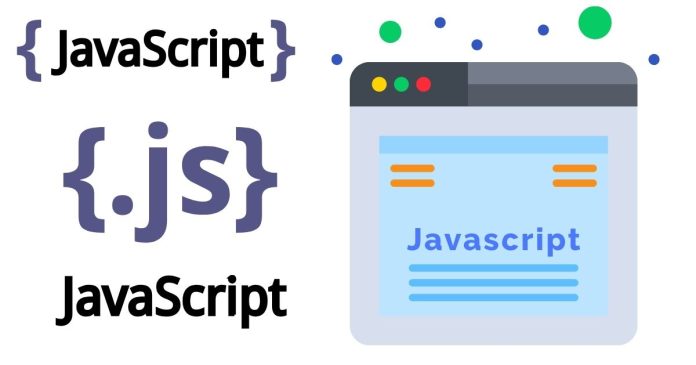A Singleton is a design pattern that ensures a class has only one instance and provides a global point of access to that instance. In JavaScript, there are multiple ways to implement a Singleton, but the goal is always to control the creation of the object, ensuring it can only be instantiated once.
In this article, we will explore the simplest and cleanest way to implement a Singleton in JavaScript, ensuring that the implementation is both effective and easy to understand.
What is a Singleton?
The Singleton pattern is used when you need to ensure that a class has only one instance throughout the entire application, and this instance should be accessible from anywhere.
For example, in web development, you might use a Singleton for managing application-wide resources like a database connection or configuration settings.
Common Ways to Implement a Singleton in JavaScript
1. Using a Simple Object Literal
The simplest and most straightforward way to implement a Singleton in JavaScript is by using an object literal. In this approach, the instance is created once and stored as a property of the object. This ensures that no new instances are created.
This approach works well for simple use cases where you need a single shared object. The main limitation is that you cannot instantiate or extend it easily, but it is certainly the simplest and cleanest for basic needs.
2. Using a Closure
A more flexible way to implement a Singleton in JavaScript is by using a closure. This allows you to encapsulate the instance and expose only the necessary methods while preventing the creation of additional instances.
How It Works:
- The
createInstancefunction is used to create the Singleton instance. It is only called whengetInstanceis invoked for the first time. - The
instancevariable is enclosed within the Singleton, ensuring that the instance is shared and protected from external modification.
Advantages:
- The
instanceis protected from external access and cannot be directly modified. - The
getInstancemethod ensures that only one instance is created, and all further calls return the same instance.
3. Using ES6 Class with a Static Property
If you’re working with ES6 (ECMAScript 2015) or later, you can implement a Singleton using a class. This method is more object-oriented and provides an elegant way to manage the Singleton instance.
How It Works:
- In the constructor, the first time the class is instantiated, a new instance is created and stored in the
Singleton.instancestatic property. - Any subsequent instantiations will simply return the existing instance, preventing the creation of multiple instances.
Advantages:
- Object-oriented approach using the ES6
classsyntax. - Easy to extend and add methods or properties to the Singleton instance.
- The pattern is clear and familiar to developers used to OOP (Object-Oriented Programming).
Which Implementation is Best?
- Object Literal: Ideal for simple cases where you don’t need any dynamic behavior and just need to share a single object across your application.
- Closure: Useful when you need to encapsulate the instance and expose specific methods for managing that instance. It offers better privacy and control.
- ES6 Class: The most modern and cleanest approach for developers who are familiar with classes. It’s flexible and easy to extend if needed, making it a good choice for more complex use cases.
In JavaScript, implementing a Singleton is straightforward, and there are several ways to do it depending on the complexity and needs of your application.
- For simplicity, use an object literal.
- For more control over privacy and encapsulation, use a closure.
- For a modern, class-based approach, use an ES6 class.
Each of these methods guarantees that your Singleton pattern will maintain a single instance across your application, but the choice of implementation depends on your preferences and the structure of your code.
By selecting the most suitable approach, you ensure your application remains clean, maintainable, and efficient.


